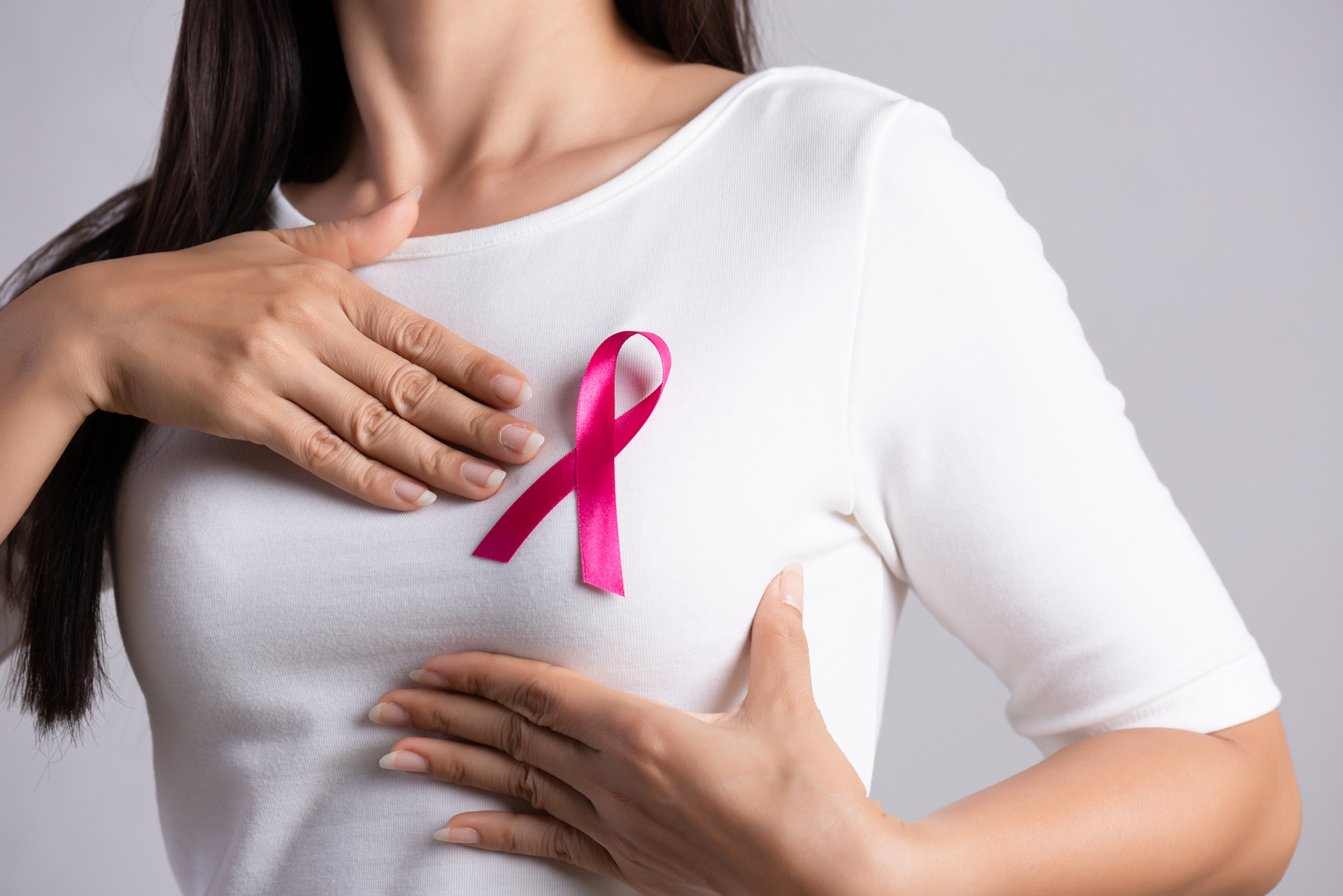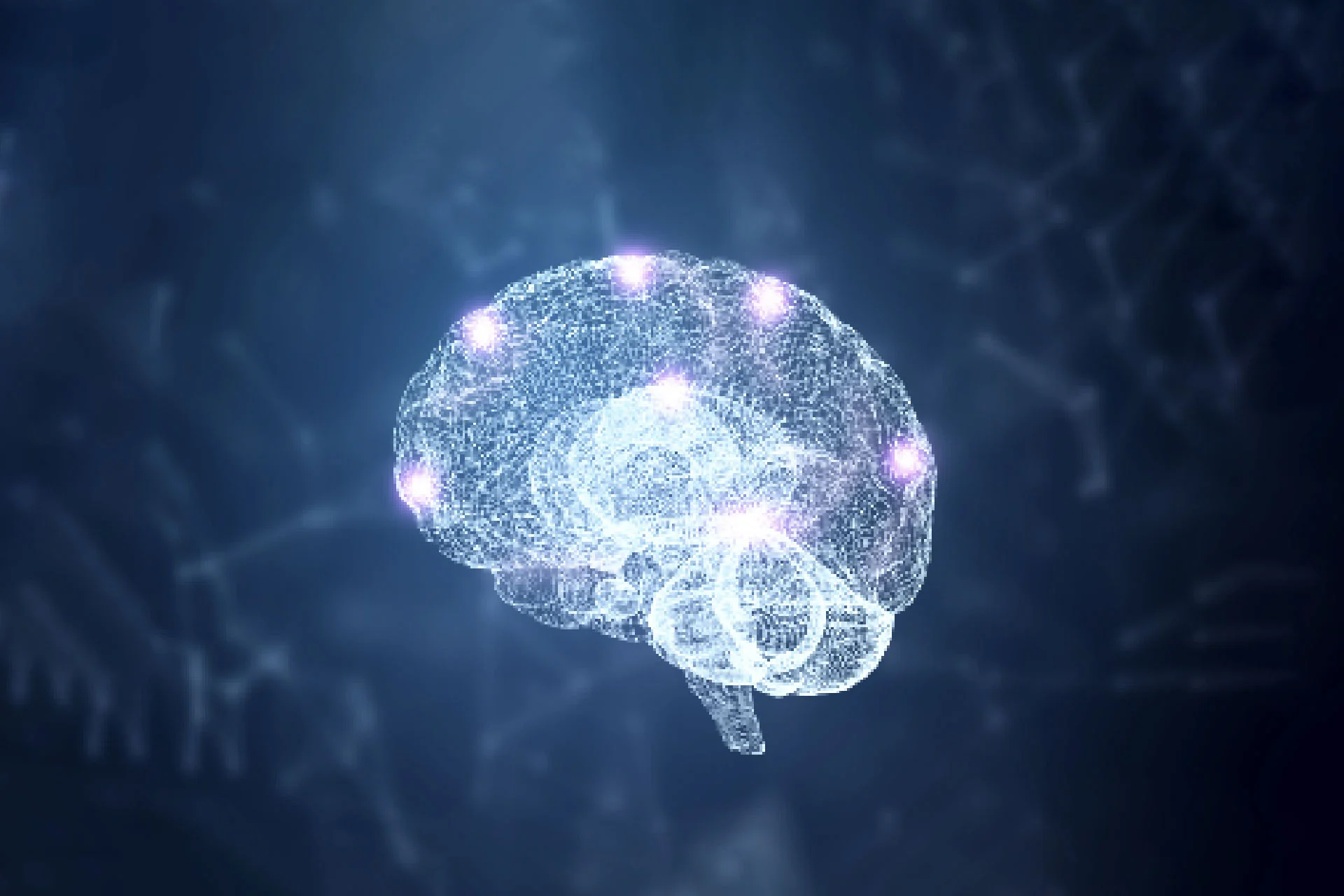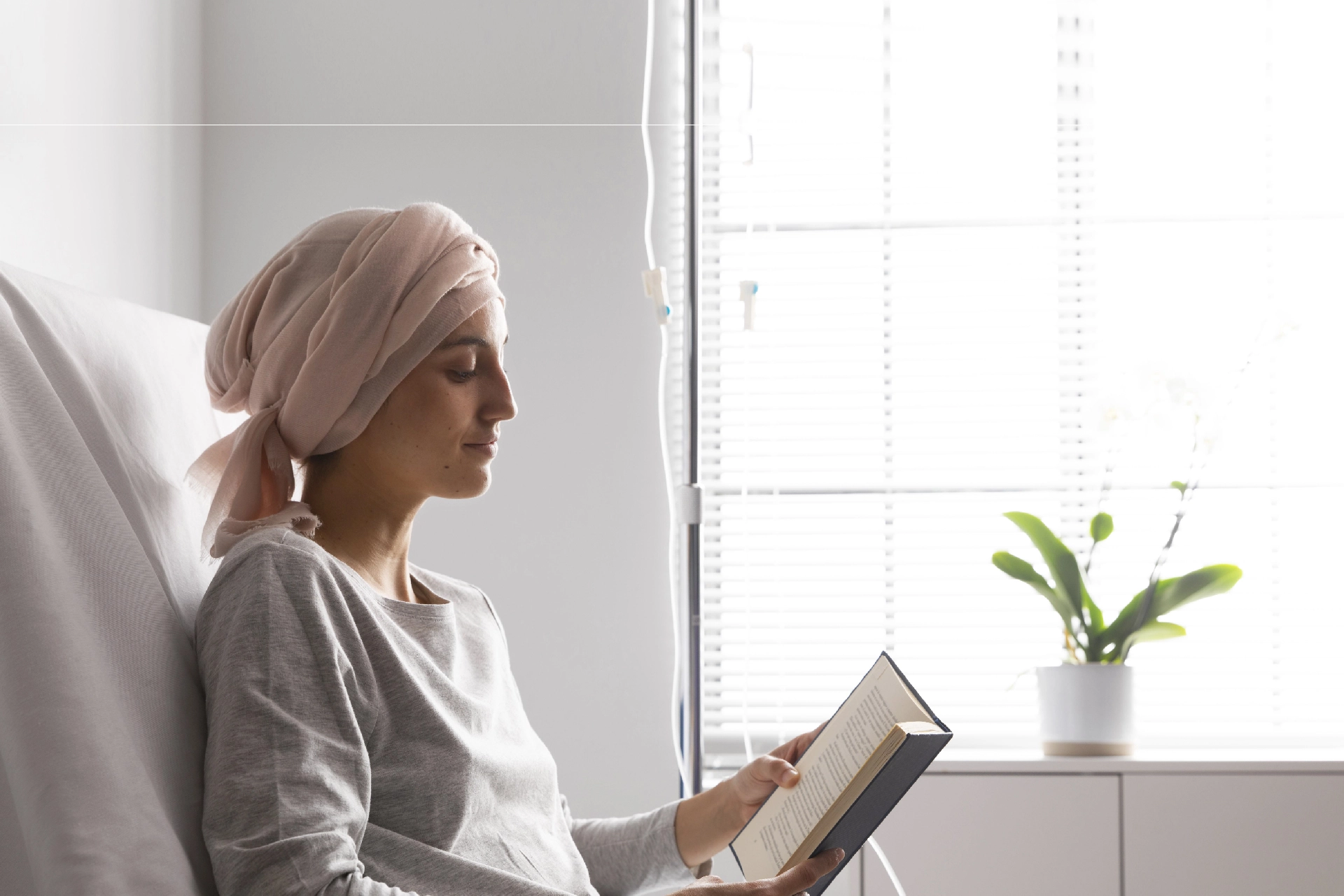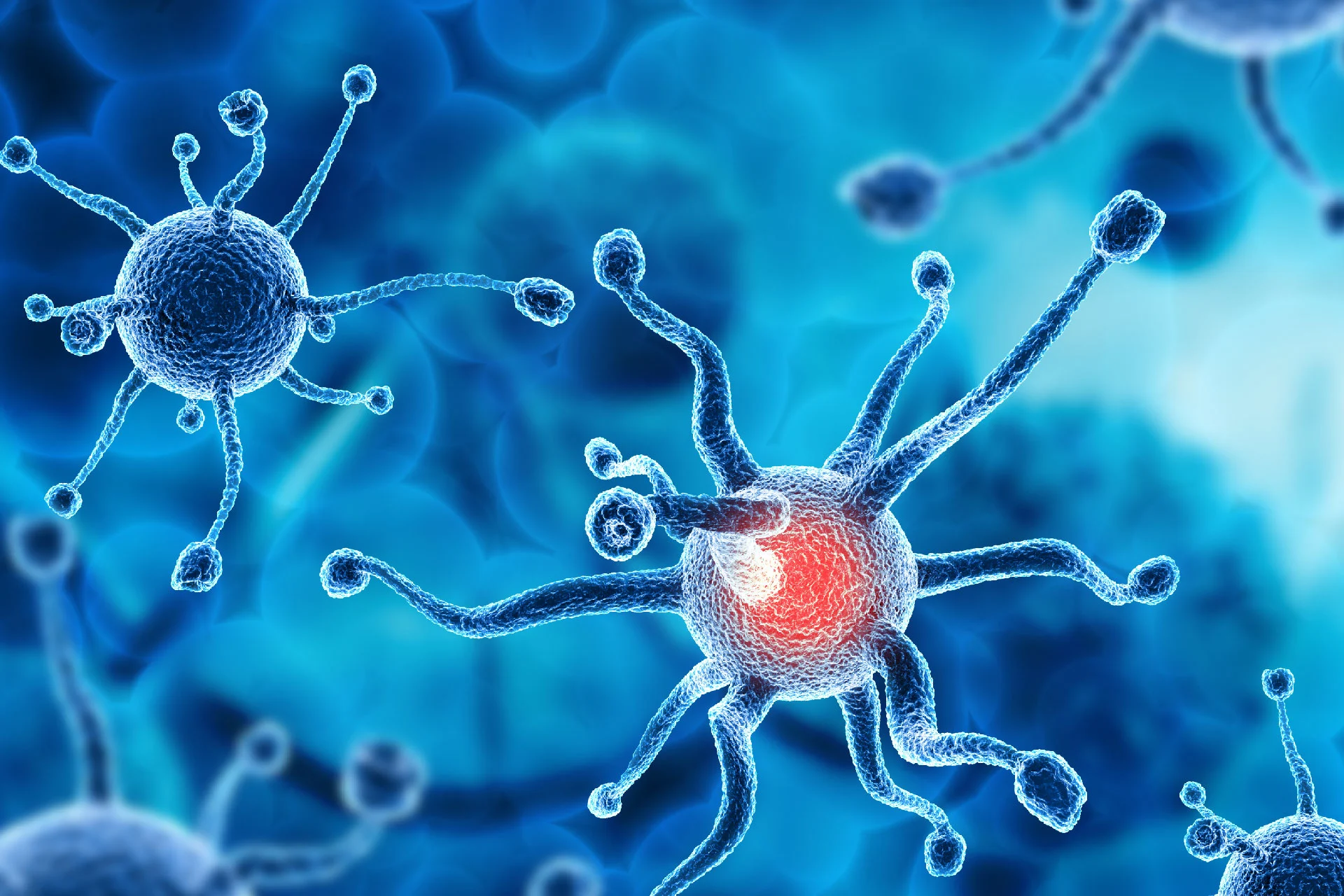Cancer | 8 min read
Breast Cancer: Causes, Symptoms, Home Test and Treatment
Medically reviewed by
Table of Content
Key Takeaways
- Breast cancer affects 5% to 8% of the Indian population
- Presence of lumps in the breast is one of the early breast cancer signs
- Women over the age of 50 are at a higher risk of developing breast cancer
Breast cancer affects 5% to 8% of the Indian population, making it the second most prevalent type of cancer after cervical cancer. Moreover, around 50% to 70% of breast cancer cases are primarily diagnosed in the advanced stage, where chances of cure and survival are significantly lower. Studies have shown that this can be attributed to the lack of infrastructure to carry out screening tests, a casual attitude towards female health as well as a lack of awareness. To ensure you understand early breast cancer causes, signs and avail treatment at the right time, read on.
What is Breast Cancer?
Breast cancer, as the name suggests, forms in the cells of the breast. While it can occur in both men and women, it is widespread in women. While increased awareness and early diagnosis have helped completely cure this cancer worldwide, the same cannot be said about breast cancer cases in India. Awareness and knowledge about the disease can help in early diagnosis and subsequent treatment and cure. It is thus in your best interest to know the breast cancer causes, symptoms, treatment, and prevention options.
Breast Cancer Causes and Risk Factors
- People over the age of 50 years are more susceptible to developing it.
- Women who have inherited mutated BRCA1 and BRCA2 genes are at a higher risk of developing it.
- The onset of periods before the age of 12 and late onset of menopause after 55 is one of the most common breast cancer causes.
- A family history of breast or ovarian cancer, especially a close relative like a mother, sister or aunt, increases the risk of breast cancer.
- Women who underwent radiation treatment, have had breast cancer or noncancerous breast issues and were administered diethylstilbestrol to prevent miscarriage are at high risk of developing it.
Breast Cancer Symptoms
- A long present lump in the breast or underarm that feels different from the surrounding tissues. This warrants immediate medical attention. A doctor will order a mammograph to confirm the diagnosis. Usually, lumps are painless, but sometimes they may cause pain and tenderness.
- Dimple or flat indent on the breast, which is a sign of a tumor.
- Sudden changes in the appearance, size and shape of the breast.
- Inversion of nipples or changes in the skin over and surrounding the breasts.
- Pigmentation, peeling, crusting, flaking or scaling of the areolas or skin over the breasts.
- Sudden bloody or clear discharge from the nipples.
- Swelling under the arm and collarbone as the spread of cancer from the breasts to the lymph nodes can cause inflammation in these areas.
Breast Cancer Stages
Depending on the spread and size of the tumor, there are five main breast cancer stages. Here are the following stages of breast cancer.
Breast Cancer Stage 0
This stage is also called ductal carcinoma in situ. If you are in stage 0, cancer has not spread to adjoining tissues and is present within your duct.
Breast Cancer Stage 1
Stage 1 can be categorized into stages 1A and 1B. If your tumor has grown to 2cm or less and has not affected your lymph nodes, it falls under stage 1A. However, when cancerous growth is near the lymph nodes, it is called stage 1B.
Breast Cancer Stage 2
Like stage 1, even stage 2 is divided into 2A and 2B. When your tumor growth is 2cm and has affected the surrounding lymph nodes, it is called stage 2A. In stage 2B, there is a tumor growth between 2 and 5cm. However, it may not have affected the lymph nodes in stage 2B.
Breast Cancer Stage 3
Three subdivisions in this stage are categorized as stages 3A, 3B, and 3C. In stage 3A, your tumor may grow beyond 5cm and affect 1-3 lymph nodes. In stage 3B, tumor growth extends up to the chest or skin and may have affected approximately nine lymph nodes. When the cancerous growth affects more than ten lymph nodes, it is called stage 3C.
Breast Cancer Stage 4
This stage is referred to as metastatic breast cancer. In this stage, there is no specific size of the tumor. The tumor growth can spread to distant lymph nodes and affect organs such as the liver, lungs, and brain.
Once your doctor diagnoses the stage of breast cancer, you may be advised a specific treatment protocol.
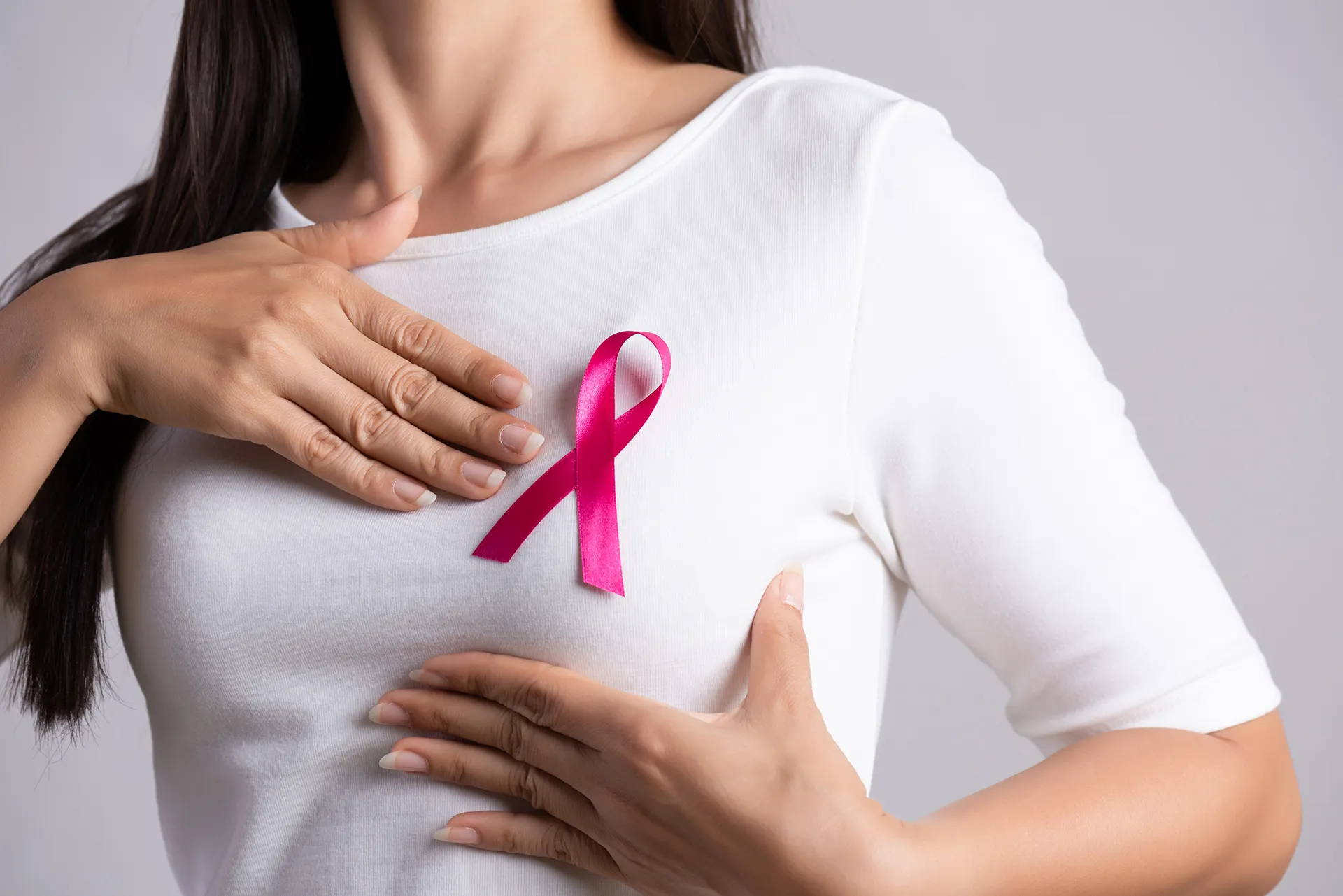
Breast Cancer Types
There are several breast cancer types depending on the cells that become infected. Here are a few different types.
Ductal Carcinoma in Situ
This is a noninvasive type that affects only the breast ducts. It is the earliest form of breast cancer and does not invade the nearby breast tissues. This cancer type is curable with a correct diagnosis.
Invasive Ductal Carcinoma
This breast cancer type affects approximately 80% of people. In this type, the cancerous cells begin to spread to the adjacent breast tissues beyond the milk duct.
Lobular Carcinoma in Situ
In this breast cancer type, cancerous cells grow on the lining of the milk-producing glands. The cancer growth does not affect surrounding breast tissues, similar to ductal carcinoma in situ.
Invasive Lobular Carcinoma
In this type, there is a spread of cancerous cells from the lobules to adjoining breast tissues.
Angiosarcoma
This type is less common in which cancerous cells grow on your breast’s blood or lymph vessels. It is a type affecting people over the age of 70 years.
Paget’s Disease
In this breast cancer type, your nipple ducts are affected initially. As the tumor grows, there is a spread of cancerous cells to the aerola and skin areas of the nipple too.
Inflammatory Breast Cancer
This breast cancer type occurs rarely but is an aggressive one. In this condition, cancerous cells block the lymph nodes completely. As a result, your breasts will not be able to drain, which may result in swelling and redness. At this point, your breasts become thick, like an orange peel. This breast cancer type spreads rapidly and so immediate medical intervention is important.
Phyllodes Tumor
In this breast cancer, cancer develops within the connective tissue of your breast. It is one of the rarest types and usually a benign one. However, there may be a few cases of malignant tumors too.
Breast Cancer Home Test
Self-examining your breast along with regular screenings can help you notice any unusual development or changes in your breast and help you seek immediate medical attention when required. So, if you have ever wondered ‘How to know if I have breast cancer?’, here is a step-by-step guide.
Breast Cancer Home Test Step-By-Step
- Step 1: Stand in front of a mirror with your shoulders straight and hands on your hip and look for changes in the size, shape, texture, swelling or indented area on the breasts. If you see any symptoms like an inverted nipple, redness, soreness, dimpling of the skin around the breast or any signs mentioned above, seek medical attention immediately.
- Step 2: In this step, you raise your hands above your head to look for the same changes in the mirror. At the same time, look for any signs of coloured or clear discharge from the nipples.
- Step 3: Now, lie down and feel your breasts one at a time using opposite hands, that is, right hand to feel the left breast and left hand to touch the right breast. Use your fingers, keep them together and apply light, medium, and firm pressure on different areas of the breast.For example, use firm pressure to feel the tissues in the back, light pressure for the tissues beneath the breast, and medium pressure for tissues located in the middle of the breast. Follow a consistent pattern, such as moving your hands in small circles or moving them up and down to ensure that you cover the entire breast area. The latter pattern has proved to work for most women.
- Step 4: Here, you can feel your breasts while standing up and preferably in the shower to get a better feel and grip. Again, ensure that you cover your entire breast area.
Diagnosis of Breast Cancer
A doctor will conduct the following diagnostic tests to diagnose this cancer.
1. Physical examination
The doctor will physically examine your breast, looking for any unusual changes in the shape, size, and skin of the breasts.
2. Mammogram
On detecting the presence of lumps or tumors in the breast, the doctor may order a mammogram, an X-ray of the breast to check if the tumor is benign or cancerous.
3. Ultrasound and MRI
For further confirmation and clarity, the doctor may order these non-invasive imaging tests as well.
4. Biopsy
Here, a small piece of the breast tissue is surgically removed to be studied in a lab.
Breast Cancer Treatment
Depending on the stage of cancer, the doctor may resort to any of the following treatments.1. Lumpectomy
Here, the cancerous tissues in the breast are surgically removed while keeping the breast intact.
2. Mastectomy
Here, the entirety of the breast, along with the tumor and connecting tissues, are surgically removed.
3. Chemotherapy
One of the most common cancer treatments, this uses drugs to impede the spread of cancer.
4. Radiation
Here, targeted beams such as X-rays are used to kill cancer cells.
5. Hormone and targeted therapy
This is used when breast cancer is caused due to hormones.
Conclusion
Similar to other cancers, early diagnosis and treatment is the only way to cure it altogether. While you cannot control or prevent causes such as genetics and age, adopting a healthier lifestyle can help reduce your chances of developing breast cancer. Additionally, ensure that you undergo regular check-ups and screening for breast cancer, especially once you cross 40 years of age. Moreover, on the slightest doubt on detecting any early breast cancer signs, visit your doctor immediately.
Finding the right oncologist is simple on Bajaj Finserv Health. By using location, gender, experience and other filters, you can find the right specialist near you and even book appointments. While you can choose an in-person consult, you can also consult a doctor online to get remote care. Choose from our health plans to get affordable options from partner clinics and labs to address your health holistically.
References
- https://pubmed.ncbi.nlm.nih.gov/501120/
- https://www.karger.com/Article/Pdf/115288
Disclaimer
Please note that this article is solely meant for informational purposes and Bajaj Finserv Health Limited (“BFHL”) does not shoulder any responsibility of the views/advice/information expressed/given by the writer/reviewer/originator. This article should not be considered as a substitute for any medical advice, diagnosis or treatment. Always consult with your trusted physician/qualified healthcare professional to evaluate your medical condition. The above article has been reviewed by a qualified doctor and BFHL is not responsible for any damages for any information or services provided by any third party.
